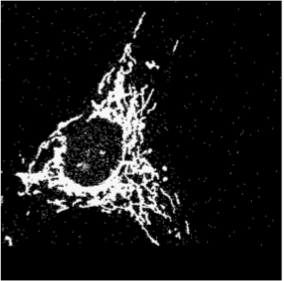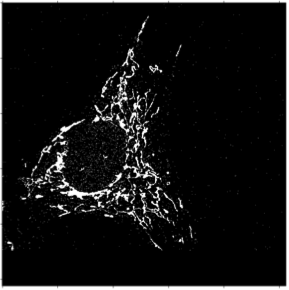Section: New Results
Adaptative thresholding using persistent diagrams
Participants : Paul Emmanuel Ponsenard, Xavier Descombes.
In this project we have proposed a new algorithm for adaptative thresholding based on persistence diagrams. A common difficulty in binarizing biological images lies in the heterogeneity of the signal. This heterogeneity can be due to the sensor itself but also to variability in the cell response to a given marker. Therefore the binarization can not be adequately performed by using the same threshold on the whole image. In this context, adaptative approaches that estimate a local or regional proper threshold are needed. Last year, we have proposed a solution that embedded both a contrast term and a shape criterion to select the most relevant connected components among the different level sets of the image. In this work we focus on the connected component trajectories along the grey values defining the levels sets. More precisely, the persistent diagram studies the evolution of the different connected components of a binarized image for successive thresholds. The life time of a connected component is thus defined as the timelapse between its birth (gray level for which the component appears) and its death (gray level for which the component is merged with a neighboring one). As a final result for the binarization, we propose to keep the connected components with the longest lifetimes. A result on mitochondrial network binarization is shown on figure 10.





